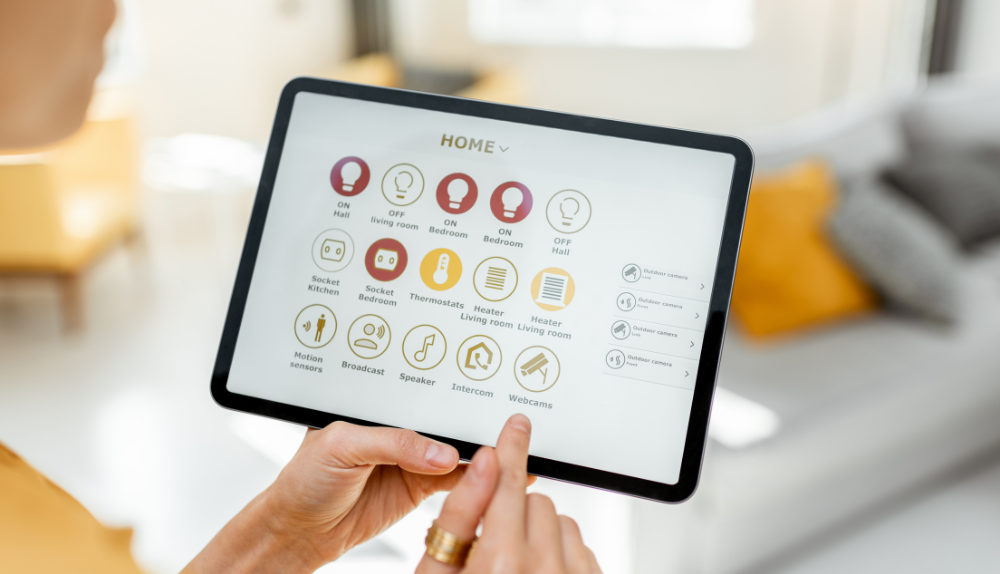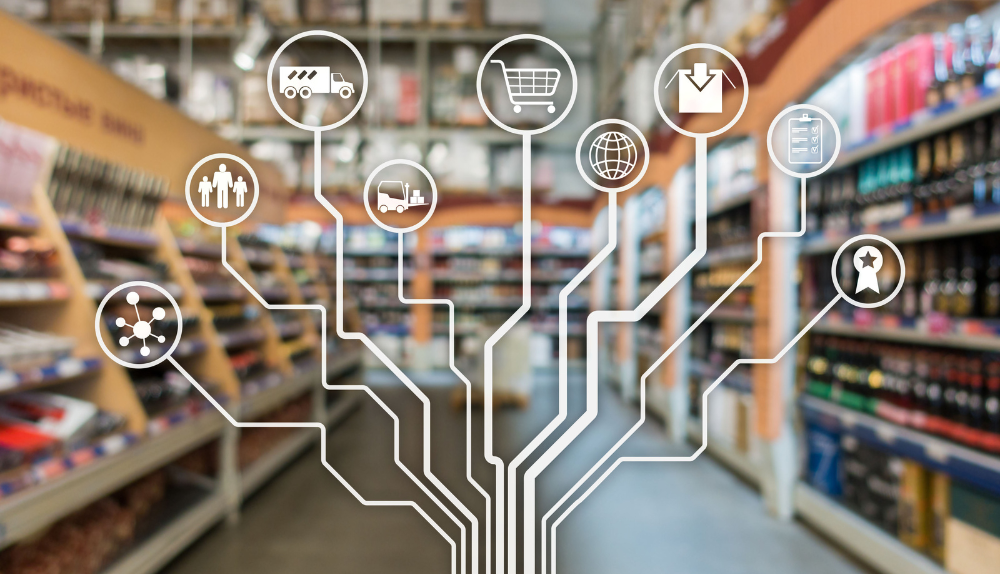
By max May 18, 2023
Merchants have been focusing on improving customers’ shopping experiences by bringing a perfect balance between convenience and security. Businesses have implemented security measures like two-factor authentication and address verification systems to strengthen the security of each transaction. While these steps play a pivotal role in making your checkout smooth and payment gateways secure, they cause friction and increased cart abandonment. If you skip these security measures, customer security will be compromised.
With an increasing number of card-not-present transactions, there’s been a growing number of fraudulent activities reported online. Developed by EMVCo, Secure Remote Commerce is a set of protocols designed to make e-commerce transactions convenient and safe for the audience. Below we’ve mentioned all you should know about Secure Remote Commerce (SRC) and its benefits. Let’s take a look.
Overview of Secure Remote Commerce
EMVCo launched SRC in 2019 to promote a secure, and globally accepted virtual payment terminal. The main advantage of this technology for merchants is that they no longer have to save customers’ card details and sensitive data for future transactions. Not just that, but it prevents fraudsters (who have stolen credit cards) from processing card-not-present transactions.
Secure Remote Commerce or a click-to-pay solution is a streamlined, secure, and convenient way to process transactions. The technology combines security and convenience to provide customers with a seamless payment experience. The solution is pretty simple. With SRC, you need to enter your card and payment details only once and all your SRC-enabled transactions will be processed in a single click for future purchases.
That’s what customers want from eCommerce platforms. Offering a consistent shopping experience across several platforms, the click-to-pay system saves your time in filling out those lengthy forms at the checkout page for all transactions. You can buy the product with a single click instead.
Not just for convenience purposes, SRC has gained popularity for enhancing security for eCommerce transactions too. The technology uses a tokenization system, which encrypts all your sensitive data, making it impossible for any outsider to access. This builds an additional layer of security, protecting your system from hackers. Now that you know what the SRC is about, let’s see how it works and who’s eligible to use it.
How Does Secure Remote Commerce Work?

Merchants that want to attract a wider audience must be open to new technology and protocols that can reduce friction and improve customers’ buying journey. Before we proceed, note that SRC is not a single app or a specific program. It’s rather a set of techniques that work together to save card details and encrypt data.
Customers can create their profiles by entering their card details, which can be used for all SRC-enabled platforms. The customer doesn’t have to re-enter these details for each transaction. Instead, the information is fetched automatically and the transaction is processed without exposing the customer to any vulnerability. You can think of it as a digital wallet that saves your card data, which can then be retrieved at just about any checkout page that supports Secure Remote Commerce. Let’s understand the components of the system in short.
- Digital Payment Application: The DPA is software that enables smooth interaction between customers and the SRC system.
- Digital Card Facilitator: The card facilitator stores customers’ card information securely.
- SRC Initiator: It gathers the data from the digital card facilitator and transmits it to the merchant so that they can process the transaction.
- SRC Participating Issuer: It registers a customer’s ID in Secure Remote Commerce
That’s what goes in the backend. Each role is crucial and ensures the successful completion of the transaction.
Benefits of Secure Remote Commerce
Every business wants a streamlined payment system that supports faster and safer transactions, thus reducing cart abandonment during checkout. SRC should not be confused with third-party payment solutions, like PayPal. Unlike PayPal and other payment gateways, the SRC is designed to benefit customers and merchants instead of its creators.
How Is It Beneficial for the Customer?
As mentioned above, the major advantage of Secure Remote Commerce for customers is that it saves them time in entering and re-entering their payment credentials over and over again at various online stores. The SRC vault collects and stores users’ card details and facilitates a safe checkout process.
The system works for eCommerce sites that support SRC-enabled transactions. Once the customers’ data has been stored in the vault, all they have to do is verify their identity and they are good to go! The merchant can automatically deduct the amount in question from their preferred card and process their transaction quickly.
This gives customers a frictionless experience shopping at their desired eCommerce store. The only hectic part of the entire process is the initial setup. Once you have successfully signed up for the system and have your card credentials stored in the vault, you can have peace of mind knowing that for each transaction you conduct online at SRC-enabled platforms, you won’t be asked to submit the card details.
How Does it Benefit the Merchant?
Not just for customers, but the Secure Remote Commerce is beneficial for the merchant too. Merchants can expect considerably fewer abandoned carts since customers no longer have to find their cards and enter the credentials to process the payments.
Customers tend to leave the checkout page when they are frustrated by continuous errors in their card details during checkout. When the data is already stored in the vault, a customer only has to validate their identity and the transaction will be processed.
SRC also reduces the chargeback volume for merchants. Since your customers are not entering the card details manually, it’s difficult to prove that the transaction conducted on an SRC-enabled website using the stored card details was unauthorised.
While that doesn’t guarantee complete protection from card-not-present fraud, it can definitely eliminate friendly fraud, as convincing the issuing bank that you didn’t process a transaction on an SRC-enabled website is difficult. In addition, the data is encrypted, meaning no third party can access or view it.
Implementing Secure Remote Commerce
There are two methods for enrolling in Secure Remote Commerce. One, through the card network. If you are using American Express, you will be automatically enrolled in the SRC program. If you have Visa or Mastercard, you can opt-in for SRC sign-up. Two, you can work with your payment processor that takes care of the SRC integration.
EMVCo has launched a payment icon, which is universally implemented for SRC-enabled platforms. If you see this icon on the checkout page, you can sign up for the program by submitting your card details by clicking on the icon. This will initiate the SRC-enabled checkout. You need to complete the registration with the SRC initiator if you have never used the Secure Remote Commerce technology before. Once you are done, your card details will be saved in the SRC vault and will be used to process the transaction.
The cards are stored in the Digital Card Facilitator. So, once the customer has finished the SRC setup, they can use the card of their choice at different eCommerce stores. If you have authorised more than one card, you will be asked to choose the one that you want to be charged for the transaction. The process is encrypted and secure enough to prevent the transfer of the data straight to the merchant, thus making it one of the safest and most effective technologies for eCommerce transactions.
Card Networks that are Using Secure Remote Commerce
By 2020, most of the reputable card networks, including American Express, Visa, Mastercard, and Discover, adopted the EMVCo Secure Remote Access. The main purpose of this change is to optimise payments for a click-to-pay option for eCommerce store owners. This makes it easier for people to buy things online, while the merchants can enjoy faster and smoother transactions with fewer chargeback requests and a reduced cart abandonment rate.
Being able to shop online without creating multiple accounts and several passwords will make shopping hassle-free for customers. There’s a chance they will return to your store for future purchases if they enjoy the shopping experience. Registration for SRC is a one-time process. If you think it through, SRC automatically fills in the card details, speeding up the checkout and giving customers less time to reconsider their buying decision.
The increased customer satisfaction combined with fewer abandoned carts makes Secure Remote Commerce an ideal technology for businesses looking to expand their eCommerce store. They’d receive verified payments like earlier but with enhanced security.
Bottom Line
Customers making the payment through a specific device also find this technology quite helpful, as the SRC system automatically pulls customers’ data through its store vault, including their personal information and card details. It is done through mobile recognition.
Their account is verified automatically and the payment is processed within seconds. This is great for customers using guest accounts to make a purchase. They don’t have to enter their personal information or card details. These features add up to a convenient, safe, and streamlined transaction for customers.
